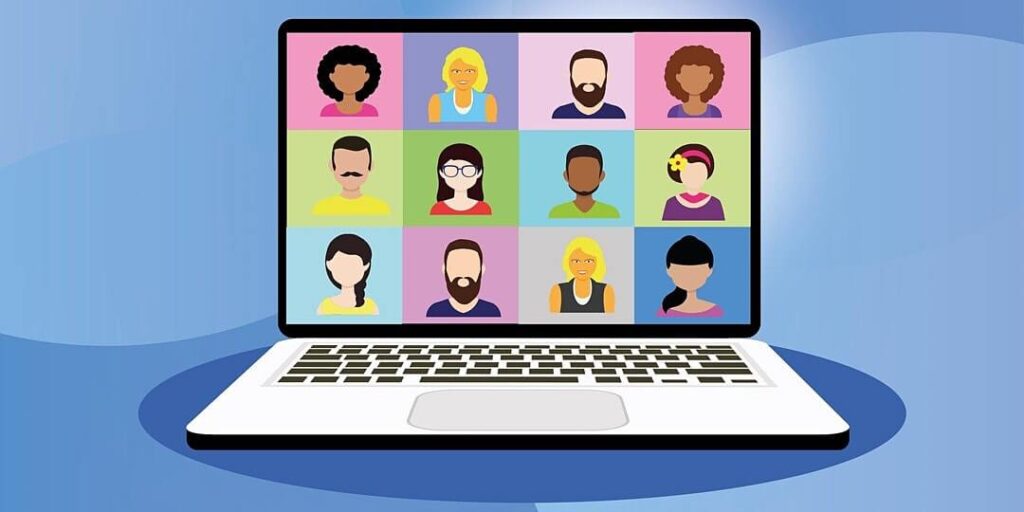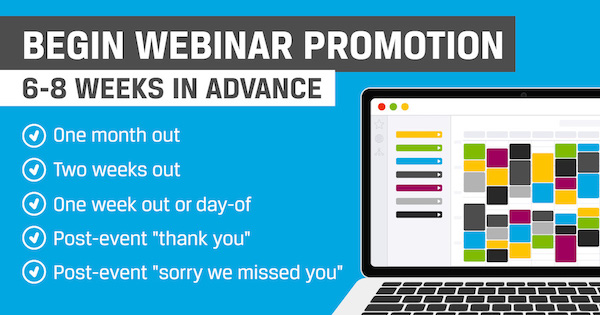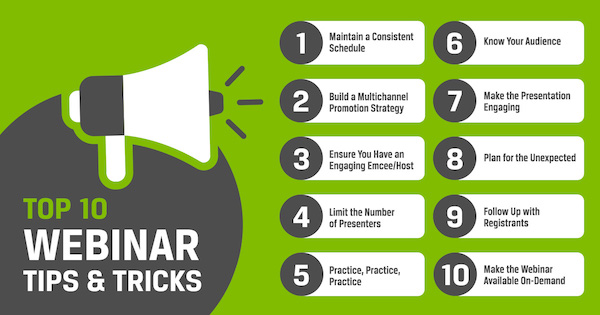Mastering the Marketing Flow for a SaaS Product Webinar

Back in the day, I organized numerous seminars and webinars for various Independent Software Vendors (ISVs) in the industry. We did a commendable job with the knowledge we had at the time. However, looking back with what I know now, our efforts could have been significantly more impactful. This is one of the most exciting aspects of our business: the continuous evolution and learning opportunities provided by the rapid advancement of marketing automation tools and improved workflows.
In this blog post, I will share a modern, effective marketing flow for promoting a webinar, specifically designed to sell a SaaS product. By leveraging the latest tools and strategies, including the integration of WhatsApp, you’ll be able to maximize attendance, engagement, and conversions. Let’s dive in!
Table of Contents
Why Webinars?
Webinars are a versatile and powerful tool for SaaS companies. They combine education, engagement, and direct interaction, making them an effective way to demonstrate product value, build trust, and generate high-quality leads. By leveraging the full potential of webinars, SaaS companies can significantly enhance their marketing efforts and drive growth.
Webinars are a powerful tool for promoting SaaS (Software as a Service) products for several compelling reasons:
1. Demonstrating Product Value
Webinars provide an opportunity to showcase the capabilities and benefits of a SaaS product in a detailed, interactive format. Unlike static content, webinars allow for live demonstrations, enabling potential customers to see the product in action, ask questions, and understand how it can solve their specific problems.
2. Building Trust and Authority
Hosting a webinar positions your company as an authority in your industry. By sharing valuable insights and expertise, you build trust with your audience. This trust can significantly influence their purchasing decisions, as potential customers are more likely to buy from a company they perceive as knowledgeable and reliable.
3. Engaging with a Targeted Audience
Webinars attract attendees who are genuinely interested in the topic and, by extension, your product. This targeted audience is more likely to convert into paying customers. Webinars allow for real-time interaction, enabling you to address specific concerns and objections, thereby increasing the likelihood of conversion.
4. Generating High-Quality Leads
The registration process for webinars typically captures valuable contact information from attendees. This data is essential for follow-up marketing efforts. Webinar attendees are often highly engaged leads who have shown a clear interest in your product, making them more likely to convert compared to leads from other channels.
5. Providing Educational Value
Webinars offer a platform to educate your audience about broader industry trends and best practices, not just your product. This educational approach can help position your product as a necessary tool within the context of these trends and practices, making it more appealing to potential customers.
6. Enhancing Customer Relationships
For existing customers, webinars can be used to offer training sessions, new feature updates, and advanced tips on using your product. This not only improves customer satisfaction and retention but also reduces churn by ensuring customers get the most value out of your product.
7. Cost-Effective Marketing
Compared to traditional in-person events, webinars are cost-effective. They eliminate the need for travel, venue rental, and other logistical expenses. Additionally, they can be recorded and repurposed as on-demand content, further extending their value.
8. Measuring Engagement and Effectiveness
Webinars provide valuable analytics and insights into attendee behavior. You can track who attended, how long they stayed, what questions they asked, and their engagement level. These metrics help refine your marketing strategies and improve future webinars.
Examples and Case Studies
- HubSpot: Regularly uses webinars to showcase their CRM and marketing tools, generating thousands of high-quality leads and demonstrating the value of their software in real-time.
- Salesforce: Employs webinars to introduce new features and products, offering live demonstrations and customer success stories to illustrate the impact of their solutions.
- Zendesk: Hosts educational webinars that provide industry insights and best practices, subtly integrating their product features to highlight how Zendesk can help solve common challenges.
Great! Now you know this, lets talk your optimal flow. On how to get the most out of it.
Pre-Webinar Preparation
1. Identify Your Target Audience
- Define Your Ideal Customer Profile (ICP): Understand who would benefit most from your SaaS product. Consider factors such as industry, company size, job roles, and specific pain points.
- Create Buyer Personas: Develop detailed profiles that encapsulate the characteristics, challenges, and goals of your target audience.
2. Create a Compelling Landing Page
- Design and Layout: Ensure the landing page is visually appealing and easy to navigate. Use clean, professional design elements.
- Key Information: Clearly state the date, time, and agenda of the webinar. Highlight what attendees will learn and the value they will gain.
- Strong CTA: Include a prominent call-to-action button for registration. Make it clear and compelling.
- Social Proof: Add testimonials, case studies, or success stories to build credibility and trust.
- Tip: You can use sitebuilders like https://store.icu or https://basekit.com/
3. Promote the Webinar
- Email Marketing: Send an announcement email to your list with a compelling subject line and engaging content. Follow up with a series of reminder emails as the date approaches.
- Social Media Marketing: Create posts and ads on platforms like LinkedIn, Facebook, Twitter, and Instagram to reach a broader audience. Use eye-catching visuals and clear messaging.
- WhatsApp Marketing: Use WhatsApp automation to send personalized invitations to your contact list. Share the registration link and key details about the webinar.
- Partner Outreach: Collaborate with influencers, industry experts, or partners to promote the webinar to their audience. This can expand your reach and add credibility.
- Content Marketing: Publish blog posts, create videos, and share infographics related to the webinar topic to attract organic traffic. Use SEO best practices to increase visibility.
4. Register and Remind
- Automated Registration System: Use a reliable platform to handle registrations efficiently.
- Confirmation Emails: Send immediate confirmation emails to registrants.
- Reminder Emails and Messages: Schedule reminder emails and WhatsApp messages (e.g., one week, one day, and one hour before the webinar) to ensure high attendance.

Webinar Execution
1. Start with a Strong Opening
- Introduction: Introduce yourself and any co-presenters. Build rapport with the audience.
- Agenda: Clearly outline the agenda and what attendees will gain from the webinar.
- Value Proposition: Highlight the unique value of your SaaS product.
2. Engage Your Audience
- Interactive Elements: Use polls, Q&A sessions, and chat features to encourage interaction.
- Participation: Ask questions and acknowledge responses to keep attendees engaged.
- WhatsApp Integration: Use WhatsApp to share real-time updates, reminders, and engage with attendees during the webinar.
3. Provide Valuable Content
- Actionable Insights: Deliver high-quality, actionable information related to your SaaS product.
- Real-Life Examples: Use success stories, case studies, and data to demonstrate the value of your product.
- Address Pain Points: Discuss common challenges and how your product solves them.
4. Transition to the Sales Pitch
- Seamless Transition: Move smoothly from the educational content to discussing your product’s benefits.
- Live Demo: Show a live demonstration of your SaaS product, highlighting key features and benefits.
- Product Value: Explain how your product addresses the challenges discussed earlier.
5. Create a Sense of Urgency
- Limited-Time Offers: Provide limited-time discounts or special offers for webinar attendees.
- Additional Bonuses: Offer exclusive resources or extended trials for immediate sign-ups.
6. Close with a Strong CTA
- Clear Instructions: Clearly instruct attendees on the next steps, such as signing up or requesting a demo.
- Reinforce Benefits: Summarize the key benefits and the special offer.
- WhatsApp Contact: Provide a WhatsApp contact for immediate questions and personalized follow-ups.

Post-Webinar Follow-Up
1. Send Thank-You Emails and WhatsApp Messages
- Gratitude: Thank attendees for their participation.
- Recap and Recording: Include a recap of the webinar and a link to the recording.
- Reiterate Offer: Share the special offer again and reinforce the CTA.
2. Follow Up with Non-Attendees
- Catch Up: Send emails and WhatsApp messages to those who registered but didn’t attend, providing a link to the recording and the offer.
3. Nurture Leads
- Segment Your List: Based on engagement during the webinar, segment your list and follow up with targeted emails and WhatsApp messages.
- Additional Information: Send case studies, testimonials, and other relevant information to nurture leads.
- Follow-Up Calls: Schedule calls or demos for high-potential leads.
4. Analyze and Optimize
- Review Analytics: Examine webinar analytics to understand engagement levels and identify drop-off points.
- Gather Feedback: Use surveys to collect feedback from attendees.
- Continuous Improvement: Use insights to refine and improve future webinars.

Bonus Tip: Integrating WhatsApp into the Marketing Flow
- Pre-Webinar: Send WhatsApp messages for registration reminders and share teaser content.
- During Webinar: Engage attendees with real-time updates and interactive questions.
- Post-Webinar: Send personalized thank-you messages, share the webinar recording, and reiterate the special offer.
By following this structured marketing flow and integrating WhatsApp into your strategy, you can enhance communication, increase engagement, and drive higher conversion rates for your SaaS product webinar. The continuous evolution of marketing tools and workflows ensures that there is always room for improvement and learning, making each webinar more successful than the last.
